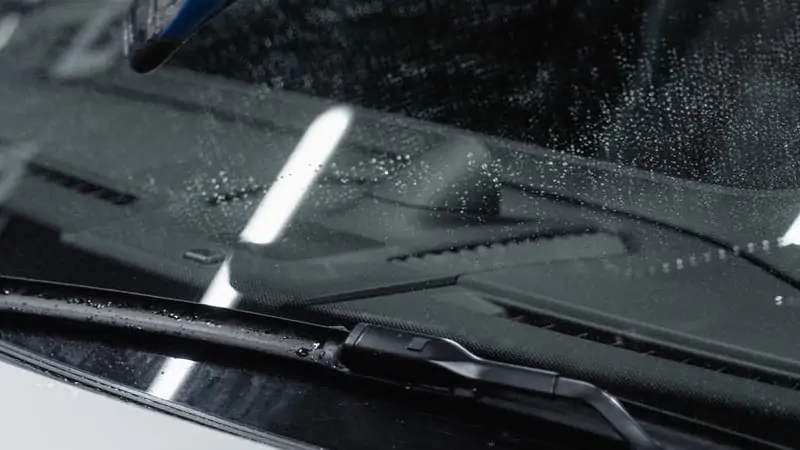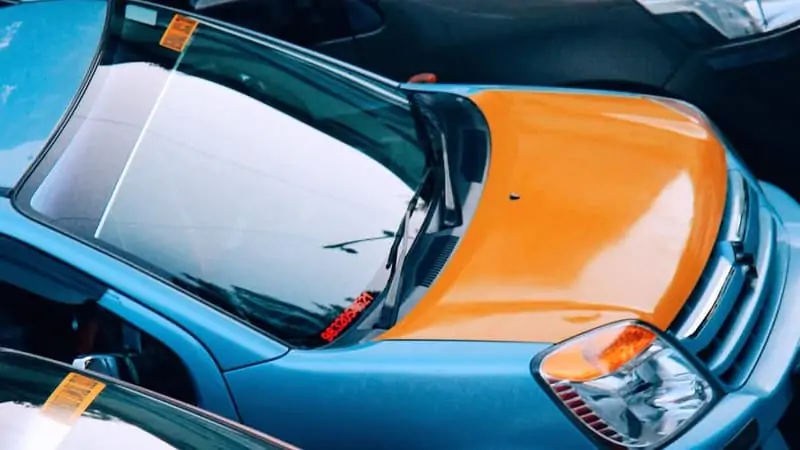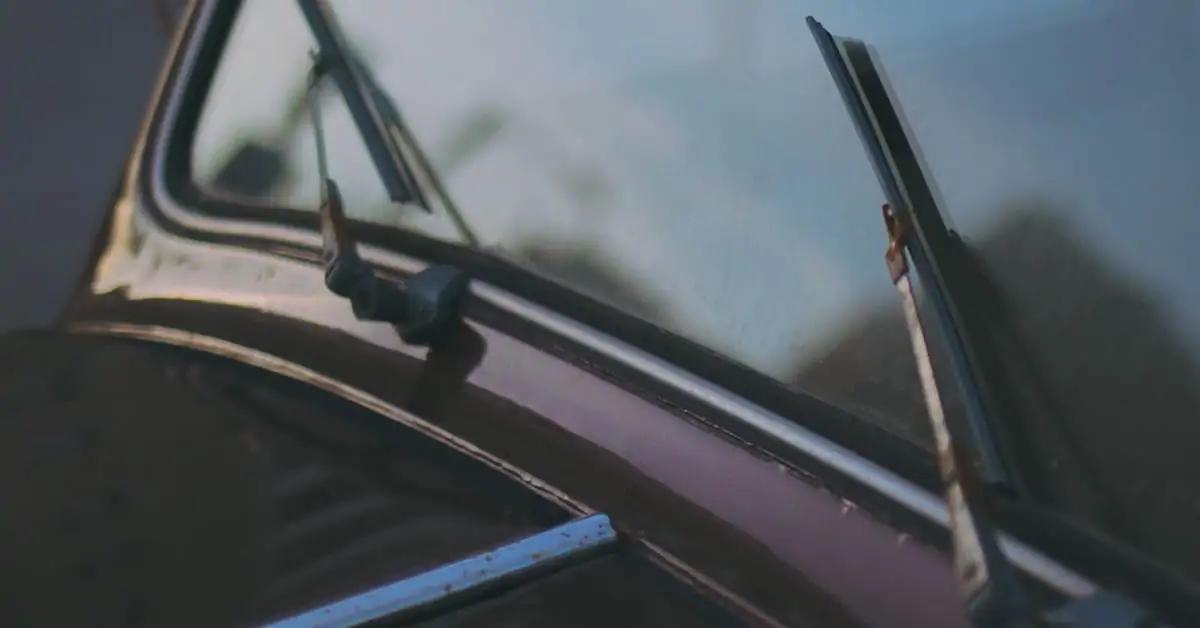If you have admired any muscle car, the raised points on the hood of the car are an eye-catching feature. Those elevations are called cowl hoods, and they are purported to serve another purpose apart from looking cool. Do these hoods also reduce heat?
Cowl hoods reduce heat by passing cooler air into the engine space. They decrease temperatures under the hood, and when you open it after a drive, the air that blasts you is not as hot. This does not mean that they directly reduce the engine temperature, though.
This article describes the purpose of a cowl induction hood. It also highlights the purpose of a cowl induction hood and whether cowl hoods reduce heat. In conclusion, information is provided on how much it costs to get a cowl induction hood.
What Is the Purpose of a Cowl Induction Hood?

Cowl induction has been around since the beginning of Grand Prix racing in 1910. A cowl hood was initially made to create more space for the carburetor on larger engines and to provide it with extra air to function.
A cowl induction hood differs from a cowl hood. The latter becomes an induction when it is attached to an air cleaner or airbox. Today, there are three major purposes for installing a cowl induction hood, and they are:
- Aesthetics – there is something iconic about having a hood sitting up there. It brings to mind the strength and aggressiveness of a true muscle car.
- Space – a cowl induction hood provides extra space under the hood for parts of the engine. This was the original idea behind them.
- Cooling – the hood takes cold air from high-pressure pockets around the car and transfers it to the engine.
An air cleaner may not fit under the hood of cars with large carburetors. Their performance intakes are taller than the normal ones. In this way, a cowl induction hood helps with air clearing.
When a car is moving at high speeds, high air pressure pockets are formed in areas around the car. The grille and the windshield are the hottest points, and the cowl maximizes the higher pressure on the windshield. The grille, headlights, wheel-well, and front bumper are the other areas.
It sucks in cooler air that makes more engine power. When the air around the engine is hot, things work more slowly, and more fuel is consumed for normal operations. The cooler air is denser, and it makes all the processes smoother. It makes sense to use the hot ambient air around the engine environment and feed the engine with it.
Besides reducing the temperature, an increase in air pressure around the intake artificially forces more air into the engine than static air normally puts in the engine.
This forced air acts like a supercharger or engine booster. It is by this method that cowl induction hoods are said to increase the horsepower of engines.
Even at lower speeds, the cowl still ensures that cooler air gets to the engine environment. It does so by releasing hot air from under the hood of the car. It functions as an exhaust!
For this cooling process to be efficient, the cowl hood inductor must be sealed at the intake. If you do not seal it, high speed can cause pressure to build up in the engine compartment. This can raise the front of the car a little, leading to risky understeer conditions.
Do Cowl Hoods Reduce Heat?
The air temperature under the hood is about 55 degrees more than the ambient temperature. This air is denser, and, as mentioned earlier, this denser air slows things down and reduces fuel efficiency. Cowl hoods dissipate heat produced under the hood as well as relieve the pressure from the air that builds up under the care.
The hood scoops mounted on the hood can either face outward or the windshield. The coops facing the windshield have high-pressure air pushed into them from the space around the windshield. They are not as effective as the other scoops that receive air directly.
Even though ordinary cowl hoods work a little differently from cowl induction hoods, they are still functional in reducing heat.
What Are the Benefits of a Cowl Induction Hood?

The benefits gotten from a cowl induction hood are based on the aerodynamics and quality of the design. Far beyond aesthetics, a cowl induction hood can do the following:
- Eliminate heat in the environment surrounding the engine.
- Increase the power produced by the engine.
- Improve fuel efficiency.
- It looks good!
A major disadvantage with cowl induction hoods is the weather. Water can get into the intake and cause damages. This drawback is avoided by installing catch pans and manual bypass valves. Only a few hoods have this installed.
Even in the hoods that have these features, a flash rainstorm can catch you unawares, leaving you with no time to properly set up the bypass. Water can still get into the intake and cause problems.
How Much Does It Cost to Get a Cowl Induction Hood?
Between $250 and $900 in total. Older muscle cars will have the cheapest induction hoods. Painting alone may cost about $250, including labor. The hood is often sold with a primer job already done, and all you need to do is paint it.
Alternatively, you can buy a cowl induction kit and set things up by yourself. The kit includes an induction hood, interior door kit, hood pins, induction hood badges, and exterior hood door kit.
Most hoods are made of steel. American-made muscle cars have hoods made from fiberglass. If a cowl induction hood is too expensive, there are cheaper alternatives that still provide the same function. Two examples are ram-air and cold air intakes.
These cold air intakes use the air from wheel-wells, and there are no concerns about aerodynamics or weather. Ram-air setups are placed on the grille or front bumper, and with good ducting, it is 25% more efficient than a cowl induction hood. The only drawback is, they are not as cool as cowl induction hoods.

